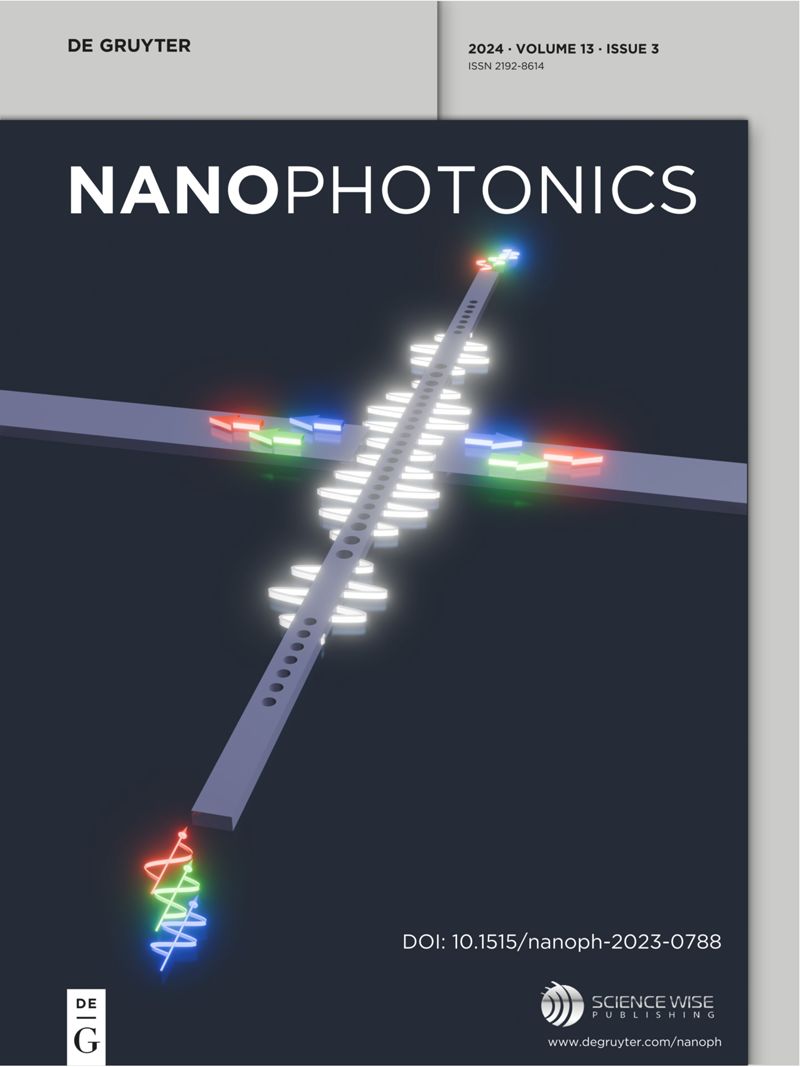Optical control of levitated nanoparticles via dipole–dipole interaction
IF 6.5
2区 物理与天体物理
Q1 MATERIALS SCIENCE, MULTIDISCIPLINARY
引用次数: 0
Abstract
We propose a scheme to create and unidirectionally transport thermal squeezed states and random-phase coherent states in a system of two interacting levitated nanoparticles. In this coupled levitated system, we create a thermal squeezed state of motion in one of the nanoparticles by parametrically driving it and then transporting the state to the other nanoparticle by making use of a unidirectional transport mechanism. This mechanism is based on inducing a nonreciprocal type of coupling in the system by suitably modulating the phases of the trapping lasers and the interparticle distance between the levitated nanoparticles. A nonreciprocal coupling creates a unidirectional channel where energy flows from one nanoparticle to the other nanoparticle but not vice versa, thereby allowing for the transport of mechanical states between the nanoparticles. We also affirm this unidirectional transport mechanism by creating and efficiently transporting a random-phase coherent state in the coupled levitated system. In both instances of mechanical state transport, the final nanoparticle showed similar characteristics to the original nanoparticle, depicting a high-fidelity unidirectional transport mechanism. Further, we make use of the feedback nonlinearity and parametric driving to create simultaneous bistability in the coupled levitated system also via this unidirectional mechanism. Our results may have potential applications in tunable sensing, metrology, quantum networks, and in exploring many-body physics under a controlled environment.求助全文
约1分钟内获得全文
求助全文
来源期刊

Nanophotonics
NANOSCIENCE & NANOTECHNOLOGY-MATERIALS SCIENCE, MULTIDISCIPLINARY
CiteScore
13.50
自引率
6.70%
发文量
358
审稿时长
7 weeks
期刊介绍:
Nanophotonics, published in collaboration with Sciencewise, is a prestigious journal that showcases recent international research results, notable advancements in the field, and innovative applications. It is regarded as one of the leading publications in the realm of nanophotonics and encompasses a range of article types including research articles, selectively invited reviews, letters, and perspectives.
The journal specifically delves into the study of photon interaction with nano-structures, such as carbon nano-tubes, nano metal particles, nano crystals, semiconductor nano dots, photonic crystals, tissue, and DNA. It offers comprehensive coverage of the most up-to-date discoveries, making it an essential resource for physicists, engineers, and material scientists.
 求助内容:
求助内容: 应助结果提醒方式:
应助结果提醒方式:


